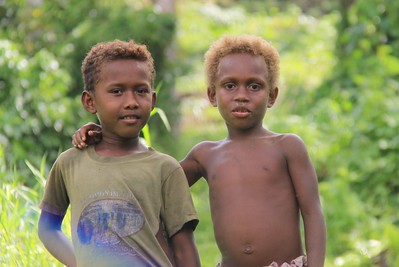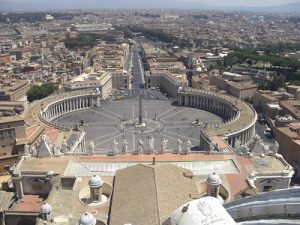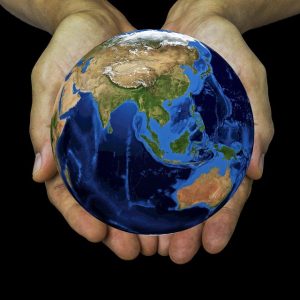
Exactly what is a country? The most accepted definition of a ‘country’ is a sovereign state whose borders are fully acknowledged by every other existing country in the world. Thus, applying that determination there are currently (Dec 2023) 194 countries in the world. Here’s a brief narrative on the world’s five least-populated countries:
Vatican City
Vatican City is an independent state that is enclaved by the Italian capital Rome. With a landmass of just 0.49 sq km (0.19 sq mi) it is the world’s smallest country by both area and population. The tiny state is renowned as the global centre of the Roman Catholic Church, the residence of the Pope and a UNESCO World Heritage site. Thus, while visitor numbers average more than 20,000 per day the permanent population of the world’s least populated country is just 518.

Photo credit: Flickr/CC BY-NC-SA 2.0
Tuluva
Tuvalu is an archipelago that consists of 9 islands, located some 3700 km (2,300 mi) east of the Australian coast. The tiny independent state has a total land area of around 26 sq km (10 sq mi) and a coastline of some 24 km (15 mi). The country’s remote location and limited natural resources help to keep it one of the world’s poorest nations. Additionally, with a maximum elevation of only 5m above sea level, Tuluva is highly susceptible to rising sea levels. The world’s least-visited country has a population of just 11,396.
Nauru
Nauru is a tiny island nation in the southwest Pacific Ocean, located some 2580 km east of Papua New Guinea. With an area of only 21 sq km (8.1 sq mi) it is the third-smallest country in the world, larger than only Vatican City and Monaco. The only fertile land on the island is a narrow coastal belt, where coconut palms thrive. The nation’s main source of income comes from the royalties on its (dwindling) phosphate deposits. The current best estimate of Nauru’s population is 12,780.
Palau
Palau is a Western Pacific nation that consists of some 340, mostly uninhabited, coral and volcanic islands. These have a combined total landmass of 466 sq km (180 sq mi), making it one of the world’s smallest countries. The mainstays of the local economy are tourism, subsistence agriculture and fishing, which are supplemented by foreign aid. The current best estimate of Palau’s population is 18,056.
Monaco
With an area of just 2.02 sq km (0.78 sq mi), Monaco is the world’s second-smallest sovereign state after Vatican City. The Mediterranean microstate and constitutional monarchy is enclosed by France. Monaco’s main sources of income are banking and tourism. The country has both the globe’s highest GDP per capita and most millionaires per capita, as well as the world’s lowest poverty rate. The current best estimate of Monaco’s population is 36,327.
* Population data is based on the latest (Dec 2023) UN estimates.
Header image credit: Flickr/CC BY 2.0 DEED





